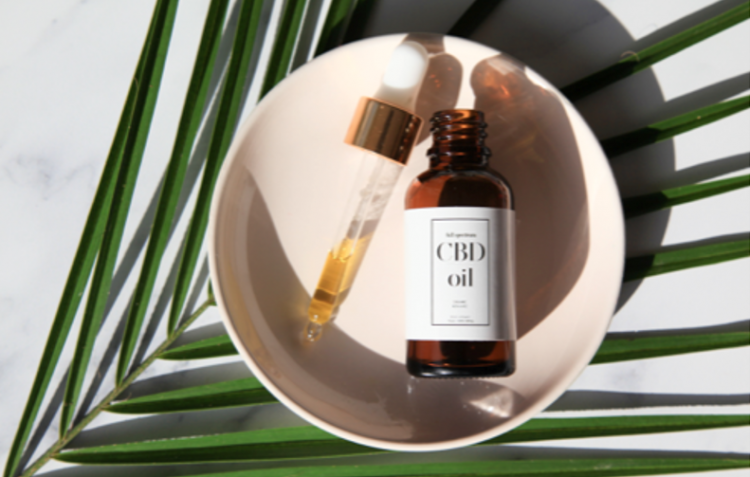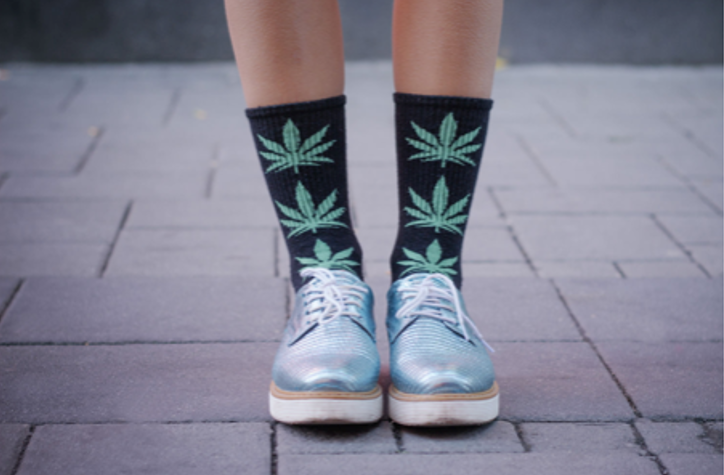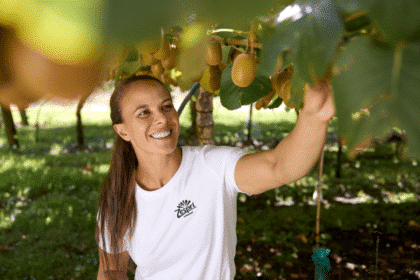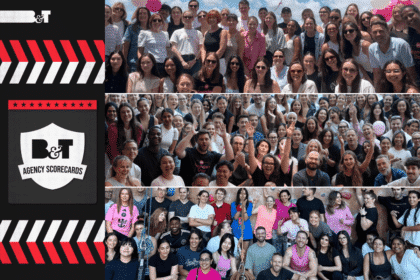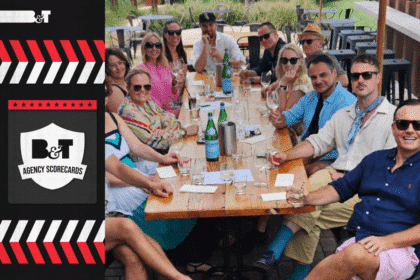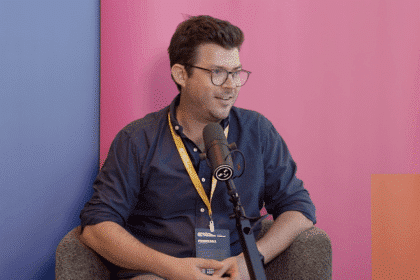The global cannabis market is set to light up, with an estimated worth of $98 billion by 2025.
This represents a massive opportunity for brands that supply medicinal cannabis and legal recreational cannabis, as well as CBD products such as oil and hemp. In Australia, CBD oil and hemp are legal, but the legality of the cannabis plant is a little murkier.
The ACT recently legalised the possession of up to 50 grams of dry material and the growing of two plants per individual (effective 31 Jan 2020). In South Australia, small amounts of cannabis is decriminalised, while in NSW, QLD, VIC & Tassie, possession and use of cannabis is a criminal offence.
That withstanding, cannabis and its related products like hemp and CBD oil is big business and is only set to grow. As the cannabis industry expands, however, it’s become apparent that cannabis marketing and stock imagery needs a serious refresh.
The green rush is taking the world by storm, with advertisers, publishers and media moguls all excited about the emerging market. And with this growing green fever, the demand for cannabis stock photos and footage is on the rise.

What’s in a word?
Pot, weed, marijuana, Mary Jane … the ways to describe cannabis are endless. However, each word comes with its own meaning. The word marijuana, for example, was adopted in the 1930s for anti-cannabis propaganda. It is therefore steeped in biases and negatives stereotypes and has become a questionable term to use when creating media for cannabis content.
Cannabis is the scientific Latin name for the plant genus and all the species that fall under its umbrella. Whether it’s buds for getting high or hemp to make a t-shirt, it’s all cannabis. Sticking to scientific terms and ditching the colloquialisms is the best way to maintain legitimacy. It will take time to weed out negative language (see what we did there?), but the media can start by leaving marijuana messaging in the past.
Imagery matters (i.e. less red-eyed smokers and dirty bongs)
Traditionally when people think of cannabis, it conjures up images of “stoners”. You know that burnout look with giant oversized joints, big plumes of smoke and the like. However, as we move into modern representation of cannabis, the imagery needs to change as well. This means moving away from pictures that reinforce narrow stereotypes of cannabis culture. This doesn’t mean you can’t take pictures of people smoking cannabis, it just needs to be executed differently.
Smoke effects, whether from cannabis or not, can present creative photo and video opportunities. People smoke cannabis – it’s a thing and certainly shouldn’t be omitted from stock imagery canon. The issue is when “stoner culture” imagery is the only kind used to represent the people, the industry, and the culture of cannabis. Change up the imagery and you’ll change up the negative associations of cannabis users.
Use authentic cannabis stock photos & footage
Authenticity is key when integrating lifestyle cannabis images. Cliché photos of a couple of duds shaking hands in front of a fake graph no longer cuts it, but neither do images of models awkwardly interacting with cannabis in a forced atmosphere. Most often people who use cannabis are just having some casual self-care time with a coffee or an art project. Or they’re just hanging out with their dog, scrolling through Instagram. Look for natural settings and realistic situations with an array of people.
Marketing edibles & topicals
Touted as the next new miracle medicine, CBD is a non-psychoactive part of the cannabis plant (THC is the part that gets you high) that allegedly helps to alleviate anxiety, reduce inflammation, aid better sleep, and minimize seizures. The good news is hemp seed and hemp oil is virtually THC-free and it’s legal in Australia. When you are choosing imagery to represent the CBD oil or hemp products, remember to include imagery of cannabis tinctures, capsules, and infused edibles and beverages.
Wearable weed
As the cannabis industry takes off, so too has the wearable weed trend. So, if you’ve had enough cannabis stock photos of real leaves and buds, opt for something different like cannabis clothes. The leaf is iconic enough to signal what the subject matter is about while speaking to the identification many people feel with cannabis culture. Strategically placed leaves within a fashion-style stock photo or a pair of cannabis socks in a lifestyle image offer a different visual perspective on cannabis culture without blatant interaction with physical plants.
If your cannabis marketing needs a refresh, Stocksy United has a curated cannabis gallery with an array of creative and cool images to take your cannabis marketing to the next level. Check it out here!






